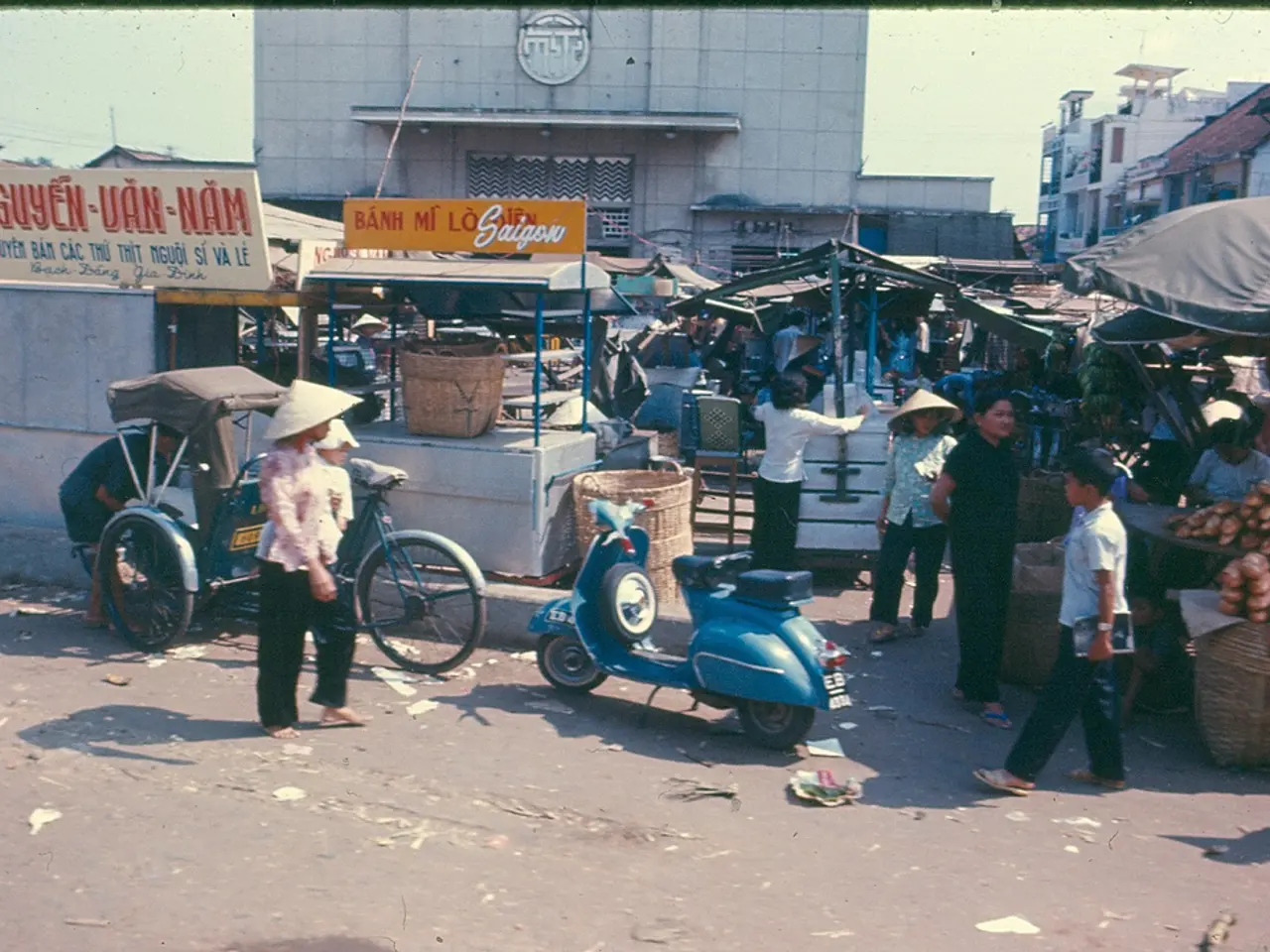Time Container Buried for Future Discovery in Rajasthan
In a remarkable collaboration, photographer Tara L.C. Sood has teamed up with zero-waste fashion brand RKIVE City, based in Delhi, India. The partnership reflects a shared vision of sustainability, zero-waste design, and cultural conservation, using fashion as a medium to promote both ecological mindfulness and appreciation of India’s heritage.
The collaboration took place at Ramathra Fort, a historical Indian fort located in Eastern Rajasthan. The project, centred around nature and storytelling, authentically captures the spirit of the region. Street-cast locals were featured as models, adding an authentic touch to the visual narrative.
RKIVE City, founded by Ritwik Khanna, operates not just as a fashion label but as a research and design house focused on circular systems and responsible fashion production. The brand upcycles a broad range of discarded materials—denim, canvas, old shirting, leather, and even decommissioned fabrics from army uniforms—into uniquely constructed clothing pieces. This approach emphasises heritage preservation alongside sustainability.
Tara L.C. Sood’s photographic work beautifully captures this intersection of sustainable fashion and cultural conservation. By integrating elements like Ramathra Fort into the visual narrative, the project evokes a profound conservation ethos, linking the preservation of textile heritage and historic architecture.
Last June, RKIVE City's showroom experienced a small fire, but rather than discarding the garments, a selection was repurposed for a future collection and designated as natural patina. This approach underscores the brand's commitment to circular fashion philosophy.
The campaign by RKIVE City serves as a time capsule of the past, showcasing an earnest love of nature and exuding a romantic sense of history and storytelling. It aims to become a blueprint for Indigenous craft and creative waste management in India, addressing the urgent social issue of textile waste.
Beneath the nostalgia of the RKIVE City campaign lies a sense of hope grounded in the possibility of a more sustainable, just future. Unfortunately, little is done to repurpose the enormous piles of textile waste accumulating in urban pockets across the Global South each year. Countries in the Global North have been dumping millions of tons of waste, including textile waste, across continents, primarily in the Global South.
RKIVE City's efforts strive to change this narrative, serving as a beacon of hope for a more sustainable fashion industry. Special thanks go out to Ritwik Khanna, the RKIVE City team, Udit Chandra Pal, Ramathra Fort Production, and Mayurdhwaj Singh Rathore for their contributions to this collaborative project.
- The collaborative project between Tara L.C. Sood and RKIVE City, centered around nature and storytelling, authentically captures the spirit of the region and occurs within the historical Indian fort, Ramathra Fort, located in Eastern Rajasthan.
- The partnership between the photographer and the zero-waste fashion brand reflects a shared vision of sustainability, zero-waste design, and cultural conservation, using fashion as a medium to promote both ecological mindfulness and appreciation of India’s heritage.
- RKIVE City, founded by Ritwik Khanna, operates not just as a fashion label but as a research and design house focused on circular systems and responsible fashion production, upcycling a wide variety of discarded materials into uniquely constructed clothing pieces, emphasizing heritage preservation along with sustainability.
- Tara L.C. Sood’s photographic work beautifully captures the intersection of sustainable fashion and cultural conservation, integrating elements such as Ramathra Fort into the visual narrative and evoking a profound conservation ethos, linking the preservation of textile heritage and historic architecture.
- The campaign by RKIVE City, serving as a blueprint for Indigenous craft and creative waste management in India, aims to address the urgent social issue of textile waste and become a beacon of hope for a more sustainable fashion industry in the Global South, where vast amounts of textile waste from countries in the Global North continue to be dumped each year.




